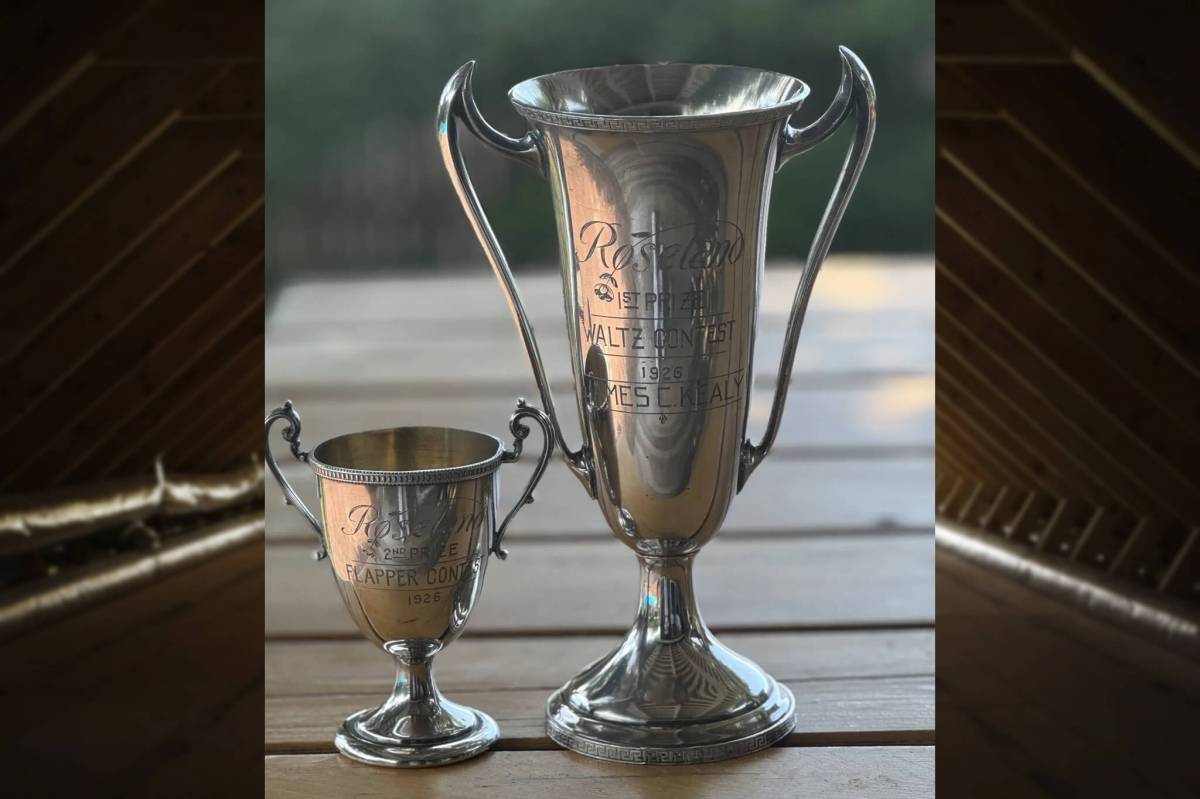Beauty is in the eye of the beholder, and that notion is as true when renovating a home as it is when studying a piece of art. Therefore, when homeowners are looking for the best building materials for their home remodels — including backyard decks — their own personal preferences may ultimately dictate the direction they go.
Deck boards and railings can be made from a diverse array of materials, including traditional hardwood, plastic and composite materials. Here’s a deep look into some of the more popular decking materials so homeowners can make informed decisions when contracting with a decking professional for the build.
Hardwood, Softwood or Pressure-Treated Wood: In the not-so-distant past, decks were primarily built using some type of wood. Wood is widely available and fairly cost-effective. However, as anyone with a wood deck knows, wood requires frequent upkeep and it can be susceptible to rotting or insect damage. Wood decks also may splinter and deteriorate when exposed to the elements or pool water. Pressure-treated boards are infused with chemicals to help them endure, but that does not make them impervious to wear. Still, the traditional look of a wood deck remains appealing to many homeowners.
Composite: Composite decking materials are made from a blend of recycled plastic and wood fibers. Since there is so much recycled content, composite decks attract those who are concerned about the environment and sustainability. Composite decking comes in uncapped and capped varieties. The capped version has an extra layer of protective capping made from high-performance polymers, says TimberTech, a decking and outdoor furniture provider. While composite decks may have similar up-front costs to wood, they will require less maintenance over the years, but they must be scrubbed to avoid mildew growth.
Plastic: Decks made of polyvinyl chloride, polypropylene or high density polyethylene (HDPE) are collectively referred to as PVC decks. They are made entirely from environmentally safe plastic with no wood in the mix at all. PVC decks are more durable than composite and can last a lifetime. All PVC decks need is occasional cleaning. A potential disadvantage to PVC is it doesn’t always look, sound or feel like wood. Also, complex fastening systems can make the boards move as the temperature changes, resulting in squeaking as people walk on the deck. Generally, PVC is more expensive than wood or composite, but that investment may be worth it for those who never want to worry about deck repair or replacement.
This Old House says there is another plastic decking material made from polystyrene. It is stiff, strong and light, and with the brand Eon, the nonslip surface becomes less slippery when wet so it may be great around pools.
Aluminum: Aluminum may not be as popular as other decking materials, but it is lighter and stronger than wood, composite, and plastic. Aluminum also is resistant to mold, weather and insects, and it can be recycled. An aluminum deck will last for years, which is why it is one of the more costly decking materials.
Homeowners have many choices when picking materials for their decks. If they want a traditional look and moderate cost, wood may be the way to go. Those concerned about looks and durability may like composite. People who want very durable and long-lasting may want to give strong consideration to plastic or aluminum materials.
For more home improvement articles, click here.























